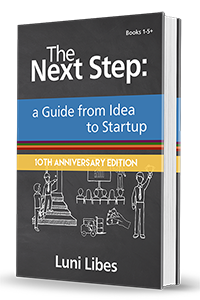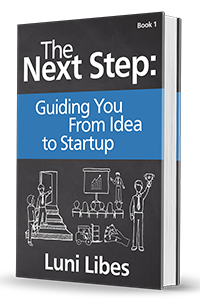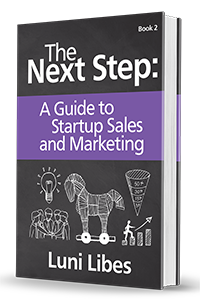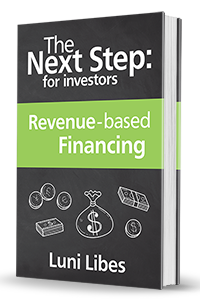
It took a month of off-hour research and a long long fall down a very deep rabbit hole of computer history, but (mixing metaphors), today I found the needle in the haystack that dropped me into that hole in the first place. Satisfaction is a wonderful feeling.
The question I pondered early last month looked back at the early days of personal computers. The Apple ][, Commodore Pet, BBC Micro and others all chose to use the 6502, based on its $25 price, plus no compromises as it was also the fastest chip of the late 1970s. So why wasn’t there a 65202, 65302, 65402, etc. to match the 80286, 80386, 80486 over at Intel and the IBM PC world?
A big part of the answer was that the team at MOS broke up soon after the 6502 was released. That’s not an uncommon story at startups. But Bill Mensch continued to design chips, including the 65C02 and 65C816. I emailed him to ask this questions a few weeks ago, and in short, he wasn’t interested in computers, but the bigger market of micro-controllers, and he’s sold hundreds of millions of 6502s in that form, so we can’t say he chose wrong.
I found the better answer today in an interview with the team at Motorola that built the 68000. TL;DR: Motorola was not happy that all of the popular computers of the late 1970s were using competitors’ chips, and they wanted to win the next round. They thus set out to not just match Intel and Zilog and others, but to leapfrog them with a chip that would be at least twice as good as the competition. 32-bits is twice 16-bits, and thus the 68000 was based around a 32-bit architecture (opcodes and registers were 32-bits, but to make the design buildable in 1979 there were just 24 pins for addresses and internally the computation was done in 16-bit chunks).
That is half of the needle in this haystack. The other half is also mentioned in the interview, and it was none other than Steve Jobs. Looking at the specs, it is just as clear today as it was then that the 68000 was a big step up from the other chips of the day. But the 6502 had won round one on its $25 price more than performance. The 8086, Z80, and 6800 cost at least $150. The 68000 in 1979 cost more, between $175 and $200.
What the interview explains is that Steve Jobs walked into Motorola, and told them Apple would guarantee an order of 1 million chips, if the price per chip were $15. That was less than it cost Motorola to make a chip, but they nonetheless said yes. That price forced Motorola to improve their manufacturing processes in order not to lose money on the order, and the managed to do that.
So… therein answers my question. Why didn’t Apple push for the 6502 to be improved? Because Motorola was already showing them the design for the 68000 and Jobs had negotiated an unreasonably low price.
With the 68000, Motorola was the CPU of choice for the next wave of computers, especially for the high-end “workstations” and servers by Sun and others. The 68000 was also almost chosen by IBM for their PC, and probably would have won if IBM gave Motorola a few more months to get their initial run of chips out of testing.
But alas, there was a third wave of chip designs in the 1990s, based on a new idea called RISC, and the 68000 was far too complicated to keep up with those designs. You may not have heard that term, and you may not have heard of the leader in that space, ARM, but every one of the billions of smartphones has a chip using an ARM core, as does the Mac Air M1 I use to write this blog.
Why that switch happened is a bit of history I do understand, as I was working in tech during those years and RISC design was still a hot topic when I was working on my Masters in Computer Science and Engineering at the end of the 20th Century.
The only question left in this particular rabbit hole is… what if Motorola hadn’t given the 68000 the green light? What would have been the popular CPUs of the 1980s? Might someone else have taken the small-but-mightly 6502 on the path I dreamed about last month?














